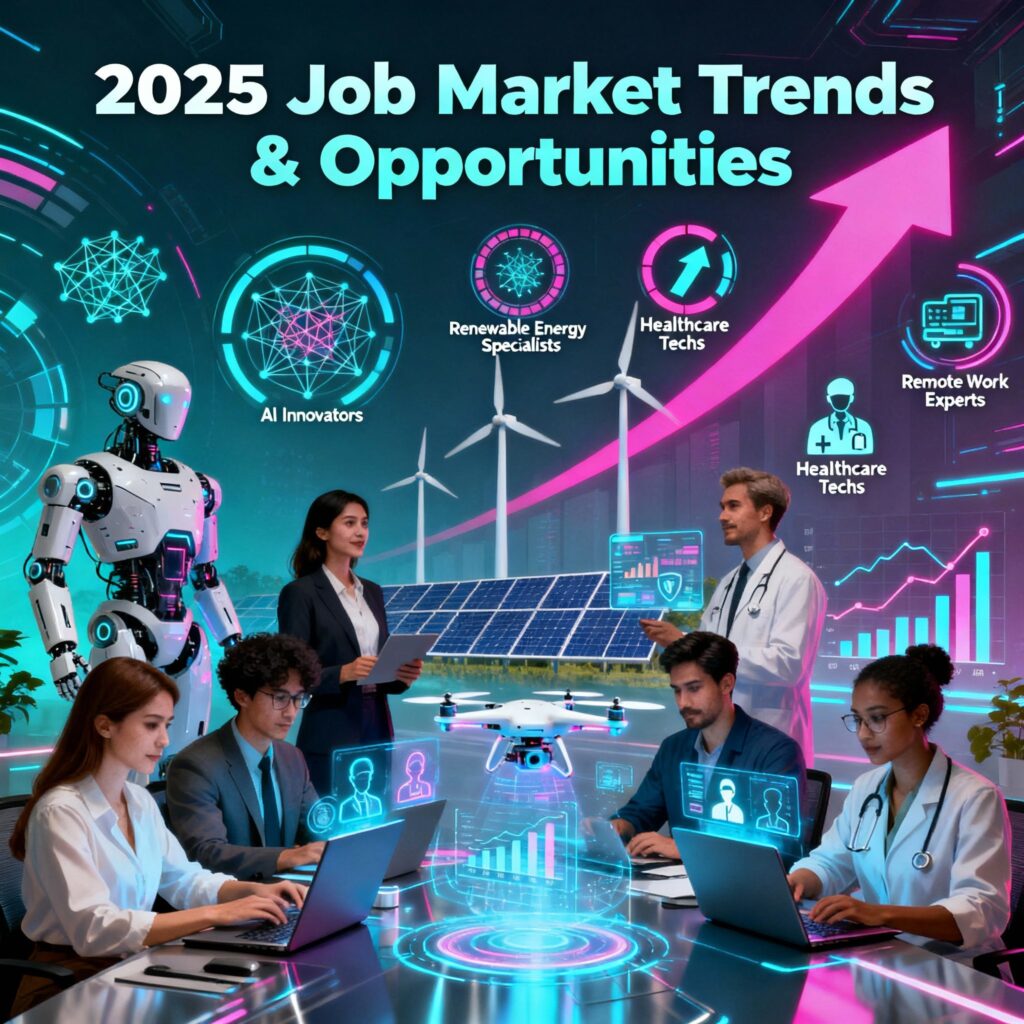The world of employment is evolving at an unprecedented pace. With technological advancements and societal shifts, traditional job norms are morphing before our eyes. In a recent statement, LinkedIn co-founder Reid Hoffman predicted that the familiar 9-to-5 work schedule may soon become a relic of the past. As we delve deeper into his insights, let’s examine what the future holds for job seekers and businesses alike.
The End of Traditional Work Structures
Hoffman asserts that by 2034, conventional jobs characterized by fixed hours and locations will likely dissipate. He indicates that this shift is not merely a passing trend but a significant transformation influenced by several key factors:
- The Impact of COVID-19: The pandemic spurred a global reconsideration of work formats, normalizing remote work and virtual meetings. Offices that once buzzed with daily commutes transformed overnight into digital landscapes. This shift profoundly changed employees’ expectations and preferences regarding work arrangements.
- Rise of Artificial Intelligence (AI): As AI continues to advance and permeate various sectors, it is reshaping job roles and responsibilities. Some functions traditionally performed by humans may become automated, leading to the creation of new jobs that focus on more complex, creative, and interpersonal tasks that machines cannot replicate.
- Gig Economy Expansion: The gig economy, characterized by short-term contracts and freelance work, has seen significant growth. Hoffman predicts that this trend will only intensify, with individuals diversifying their income streams by working simultaneously for multiple companies across different roles.
Emerging Trends in the Workforce
As we look towards 2034, several trends are poised to redefine the employment landscape:
1. Flexible Work Arrangements
- Remote Work: With the normalization of remote work, many companies are adopting hybrid models, allowing employees to choose their work environments.
- Freelancing: As traditional roles decline, we may see a surge in freelance positions, where professionals engage in multiple contracts rather than a single, long-term role.
2. Skills-Based Employment
- Continuous Learning: Professionals will need to continuously upgrade their skill sets to remain competitive. Access to online courses and training programs will be crucial.
- Diverse Skill Sets: Workers will increasingly need to cultivate a broad range of competencies, enabling them to take on various roles within different organizations.
3. Project-Based Work
- Task-Oriented Frameworks: Employment will shift towards project-based tasks rather than fixed positions, creating a dynamic work environment where teams assemble and disband according to project needs.
Opportunities and Challenges
While the changing employment landscape presents exciting possibilities, it also brings challenges that job seekers and companies must navigate:
- Security and Stability Concerns: The disappearance of traditional roles may lead to job insecurity, with professionals finding it difficult to establish long-term employment relationships.
- Adapting to New Paradigms: Organizations will need to rethink their operational structures and employee engagement strategies to attract and retain talent in this new ecosystem.
- Employer Responsibilities: Companies may need to provide more robust support systems, including benefits and resources for freelancers and gig workers, to foster a sustainable workforce.
Conclusion: Embracing the Evolution of Work
As we move towards 2034, the landscape of employment will undoubtedly undergo substantial transformations. Reid Hoffman’s predictions may seem daunting, but they also open doors to innovation, flexibility, and the possibility for individuals to tailor their careers to align with their passions and skills. Embracing this evolution will require adaptability from both workers and businesses alike. Those who are willing to learn, grow, and pivot will not only survive but thrive in this new world of work.
